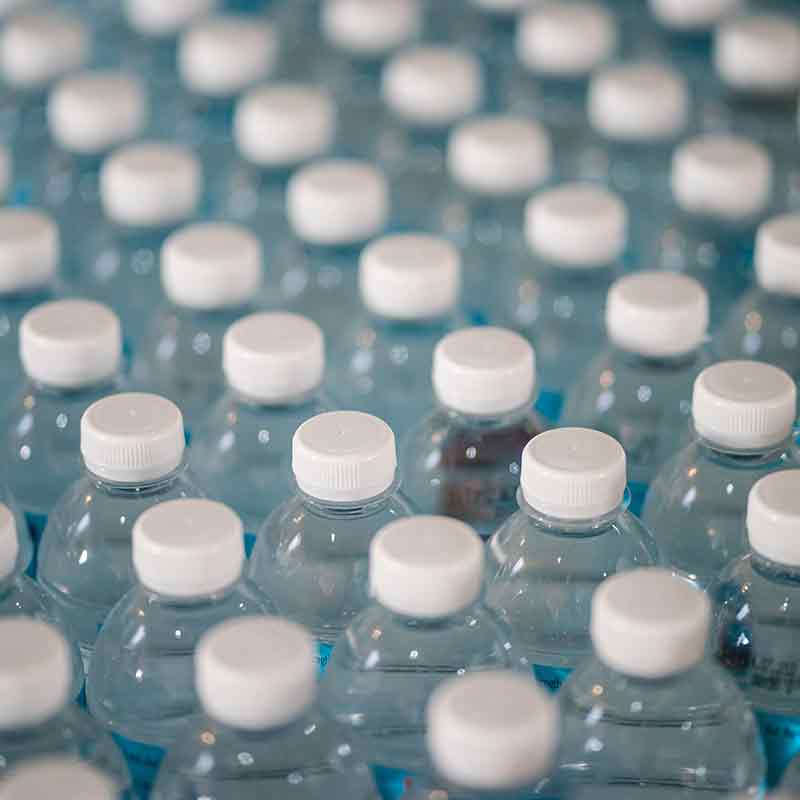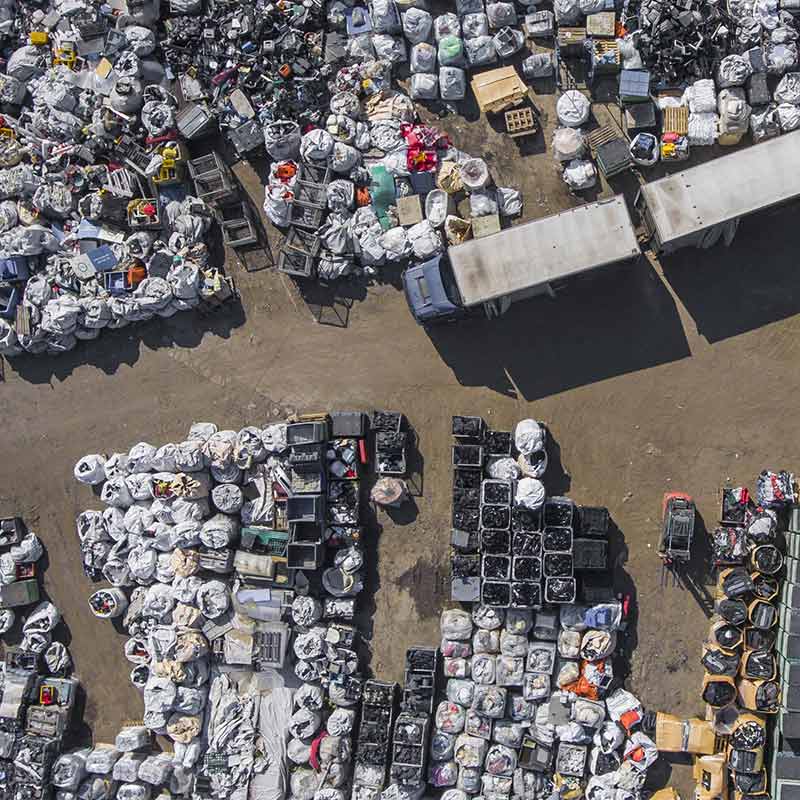Packaging waste 101: introduction
Getting engaged on packaging waste
More and more of the products we consume daily are coated in packaging. Whether it’s plastic or paper, product design flaws allow for an incredible waste in packaging materials. Unfortunately, the majority of a product’s plastic or paper packaging is used only once and is not recycled properly, leading to one of the greatest environmental issues we face today: plastic pollution.
An estimated 380,000 hectares are deforested annually for timber and pulp production directed to the packaging of products made around the world. Roughly 9.2 billion tons of plastic have been produced globally, as of 2017. Only 9 percent of plastic waste is recycled properly. Most products are built with additional plastic packaging in order to maintain freshness and ease of storage/shelving, contributing to greater amounts of waste.
With little to no measuring and reporting data on the environmental impacts of packaging waste and the lack of adequate policy surrounding the issue, the majority of waste is sent to landfills or gets dumped in the environment.
Plastic isn’t biodegradable, like paper or pulp, thus contributing to long-lasting environmental damage. At the biggest scale, 8 million tons of plastic go into the ocean every year. This is the equivalent of one garbage truck full of plastic dumped into the ocean every minute. When waste reaches the ocean, tides and currents transport it around the globe, circulating it into massive gyres. Some waste gets caught up in the gyres, spinning and cycling it into large swaths of the ocean.
Plastic pollution contributes to the death of millions of marine animals every year. Nearly 700 species, including endangered ones, have been reported to to be affected by it. Over time, the plastic breaks down into microplastic, one-fifth of an inch long, is digested by the marine animals, and eventually makes its way into our own food chain.
All of which is to say that packaging waste largely contributes to pollution that threatens our environment, health and safety.


How to use this guide
This how-to guide is intended to you and your company get started or continue tracking and improving business and environmental performance by tackling deforestation in your supply chain. We’ll get you up to speed in two steps:
Get informed
In order to work on mitigating packaging waste, you’ll need to have a basic understanding of what the problem is and what the available opportunities are.
Understand the landscape
You’ll also need to have an idea of who the players are: what organizations and initiatives you should know about. We’ll connect you
We invite you to adopt and adapt this content to best suit your team, company and opportunity areas, and to provide us with feedback about your experience and results.
We’re glad you’re here! Getting engaged with the issues surrounding packaging waste is a foundational step towards ensuring your company is on the leading edge of thriving in a healthy, sustainable economy. Once you’ve made progress getting up to speed on the issue, be sure to check out the next section, Build a sustainability plan 101, which is step-by-step guide in scaling towards success (and leadership).
Theresa Eberhardt
Project Manager, Supply Chain, EDF+Business